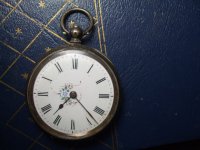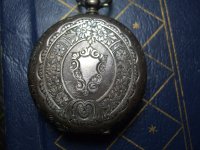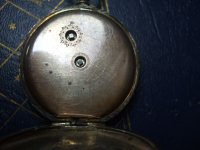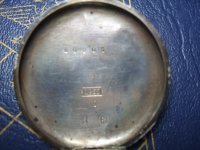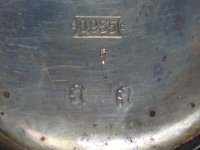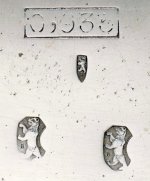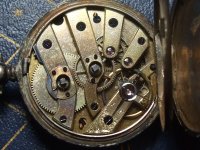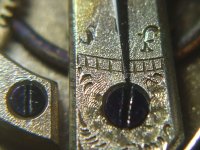snowdogg70
Full Member
- Jun 23, 2011
- 236
- 224
- 🏆 Honorable Mentions:
- 1
- Detector(s) used
- 2 bounty hunter 2200's garrett at pro 2 garrett pro pointers
- Primary Interest:
- All Treasure Hunting
picked this up today at the local thrift, im pretty sure its silver i assume 935? also those 3 lion? stamps make me think silver
but im wondering if anyone knows anything about this watch like,age how to wind it lol, i will admit i dont know much about watches but am trying to learn, its in really nice shape and i am also assuming its old
any help would be great thanks
but im wondering if anyone knows anything about this watch like,age how to wind it lol, i will admit i dont know much about watches but am trying to learn, its in really nice shape and i am also assuming its old
any help would be great thanks


